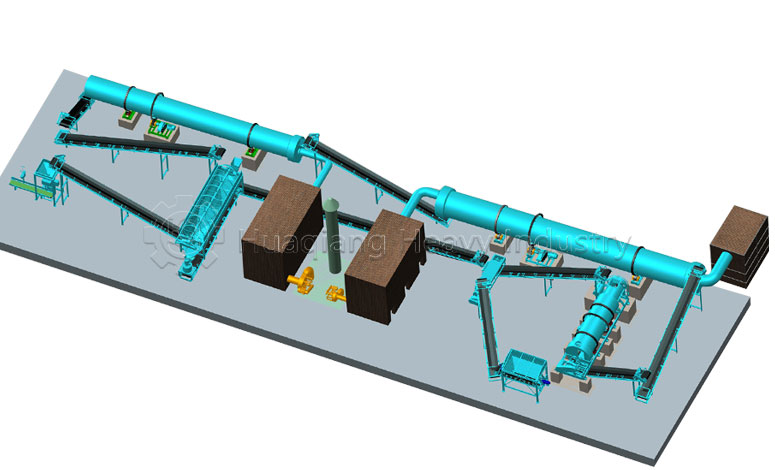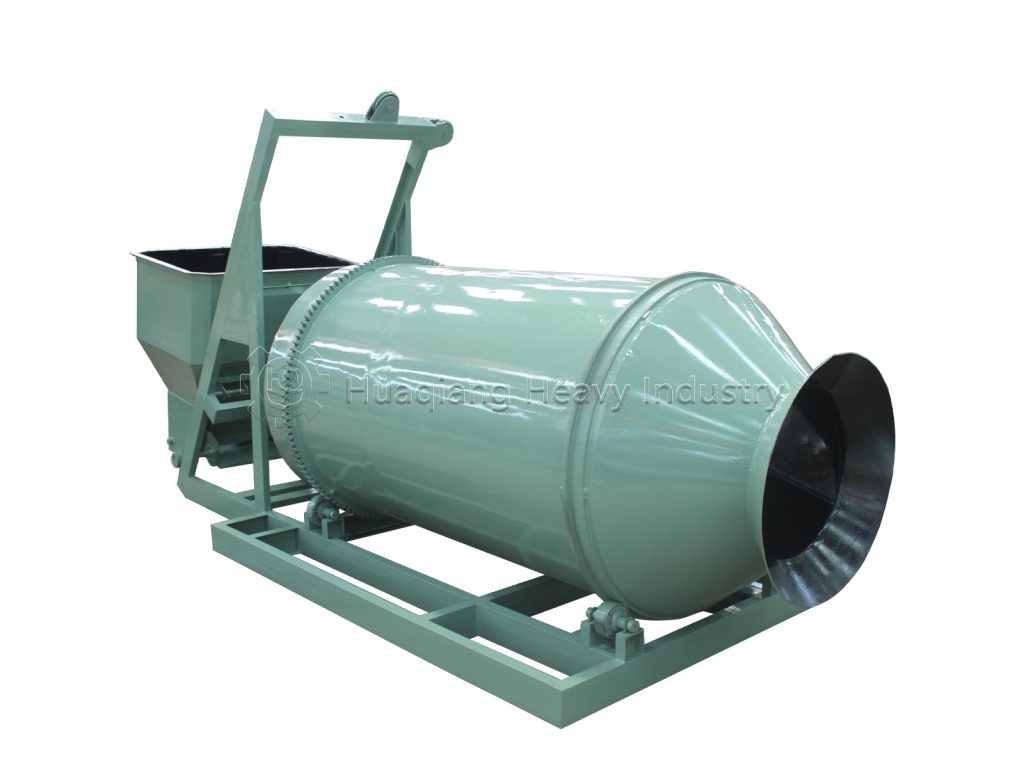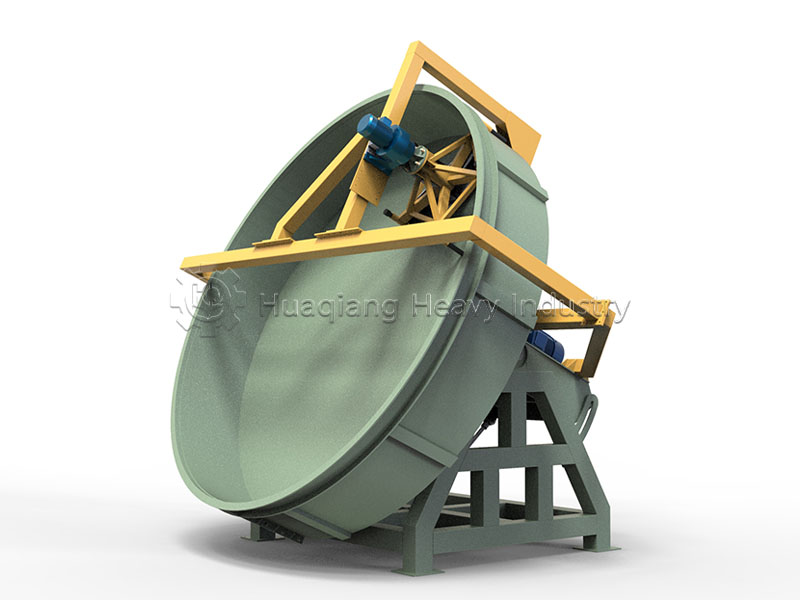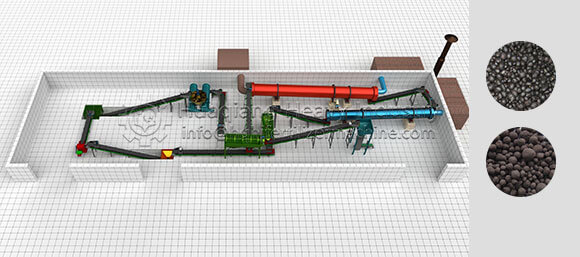On modern organic fertilizer production lines, one piece of equipment silently performs a crucial task—the double roller press granulator. It’s unassuming, yet indispensable.
Walk into any mature organic fertilizer production line, and you’ll find that the raw materials, after fermentation, crushing, and mixing, ultimately converge here. The double roller press granulator uses the powerful pressure of two parallel rollers to directly compress the powdered organic fertilizer raw materials into uniform granules. No high temperatures, no binders—the entire process is simple and efficient.
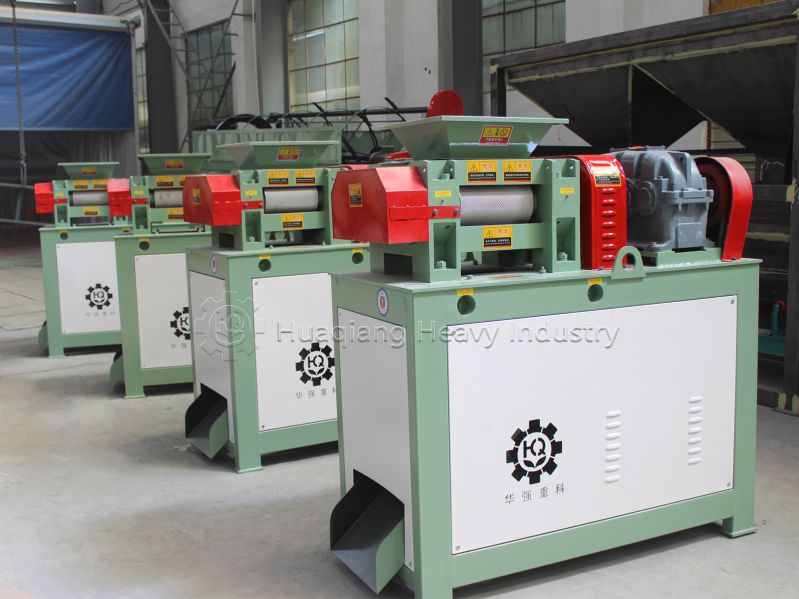
This granulation method gives organic fertilizer production equipment systems unique advantages. It is highly adaptable, capable of handling various organic raw materials; the finished granules are compact, not easily loosened, and easy to transport and store. More importantly, it preserves the natural characteristics of the raw materials, creating favorable conditions for subsequent drying and cooling processes.
As an important member of the organic fertilizer granulator family, the double roller press granulator ensures the continuous operation of the entire production line with its stable performance. It doesn’t have a complex working principle; it only has reliable execution capabilities.
In today’s rapidly developing organic fertilizer industry, such equipment may not be the focus, but it is this silent power that supports the transformation from raw materials to finished products, making the organic fertilizer production line more complete and efficient.

